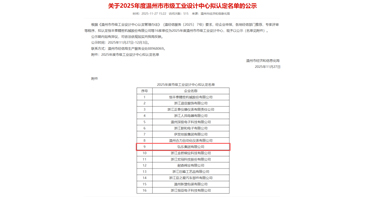Automatic voltage regulator principle and development history

 Site Editor
Site EditorThe excitation control system of synchronous generators performs the function of automatic regulation of the terminal voltage. Since synchronous generators have armature reaction, its terminal voltage fluctuates with the load. In the earliest turbine generators, the voltage was regulated manually, with the operator monitoring and adjusting the varistor in the exciter's magnetic field circuit to maintain the generator's terminal voltage. The adjustment of the synchronous generator terminal voltage was later automated by the development of an electromechanical automatic voltage regulator. The feedback control system formed by the automatic voltage regulator, the exciter and the synchronous generator is the excitation control system. The automatic voltage regulator uses the generator operating parameters (voltage, current, power factor, etc.) as feedback control signals to adjust the excitation current to maintain the end voltage at a given value, to achieve automatic reactive power distribution among parallel-running units and to improve the stability of generator set operation. The automatic voltage regulator (AVR) is the core component of the excitation control system, and the performance of its selected components and the regulation criteria used play a leading role in the quality of the regulation system. The AVR is used to adjust the excitation current to achieve voltage adjustment, and it also has control functions such as forced excitation and forced de-excitation, so it is also called automatic excitation regulator. Since it needs to overcome
friction, it has a dull zone, so the generator set cannot operate in the artificial stable area. After the emergence of magnetic amplifiers in the 1950s, the electromagnetic type automatic voltage regulator was introduced, which uses magnetic amplifiers for the integrated amplification and power amplification components, and uses the method of changing the synthetic ampere-turns of the exciter's magnetic field winding to regulate the generator terminal voltage, which has no mechanical moving parts and therefore no stagnation zone. It has no mechanical moving parts and therefore no stagnation zone. This regulator is highly reliable and has a long life. Due to the development of semiconductor devices in the 1960s, semiconductor-type automatic voltage regulators were introduced. Semiconductor devices almost no time delay, long life, the early 70s semiconductor-type automatic voltage regulator has been widely used. The current large-scale integrated circuit and computer technology has Increasingly mature, the application of computer technology digital automatic voltage regulator has been successfully developed and put into industrial operation.








